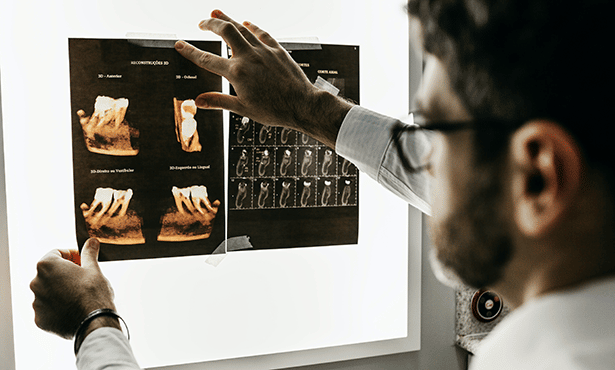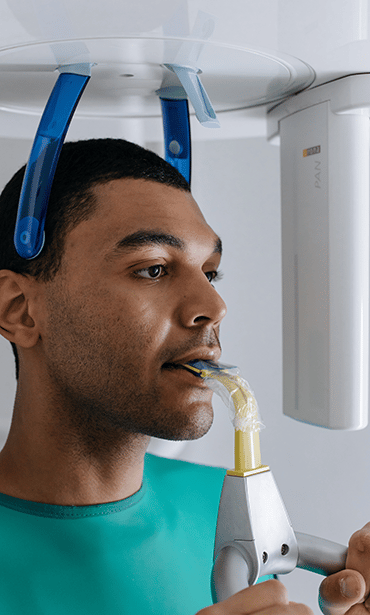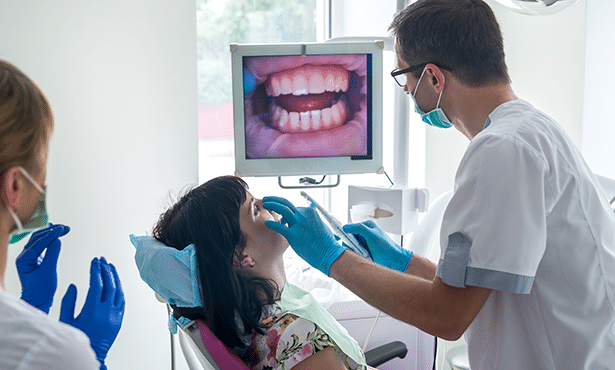Today’s patients are eager to become involved in their own care. With all of the information — and disinformation — about healthcare on the internet, you owe it to your patients and your practice to be clear and forthcoming about your patient’s treatment plan. Patients are privy to the information they need to make sound decisions about their care and demand superior service in all aspects of dental practice-patient communications. This means they want to know that — from the time they set their initial appointment to receiving their treatment plan and services to receiving their bill — they are working with a patient-centered practice with their best interests in mind.
Cloud 9 Software’s cloud-based dental practice management software provides the level of efficiency and transparency that orthodontics, pediatric dentistry, group practices, dental service organizations (DSOs), and orthodontic service organizations/OSOs need and that their patients require. As the leading provider of orthodontic cloud solutions, we can help you navigate opening a dental practice and managing it.
Our platform was designed to improve staff productivity, increase user efficiency, and minimize workflow stages — all important elements of a great five-star patient experience. Request a free demo today to learn more about how Cloud 9 can help you manage your practice.








